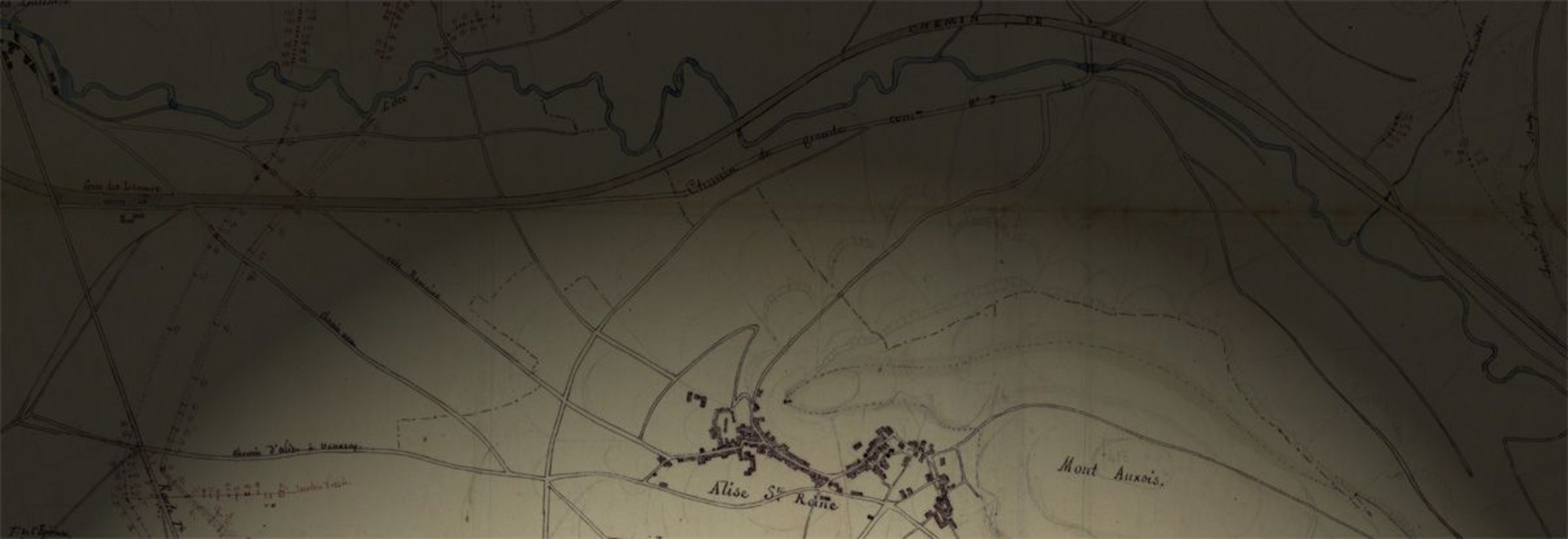
- Home
- The Commission de Topographie des Gaules
- Scientific archaeology
- The beginnings of experimental archaeology
For his use of experimental archaeology, Napoleon III can be considered a true pioneer. In the early 1860s, he ordered the construction and testing of Roman war machines and the reconstruction of parts of Roman siege lines.
An officer and engineering genius
In 1859, to assist him in this hitherto unseen endeavour, Napoleon III called on a military officer and former student of the École Polytechnique, Jean-Baptiste Auguste Verchère de Reffye, who he appointed an ordnance officer. With his close ties to the president of the Commission de Topographie des Gaules (CTG), Félicien de Saulcy, as well as to its secretary, Alexandre Bertrand, Verchère de Reffye played an important role in the emperor’s archaeological policy. His work corresponded exactly with the CTG’s areas of research.
Reconstruction and experimentation
In 1864, based on iron excavated at Alise-Sainte-Reine, Verchère de Reffye oversaw the reconstruction of a pilum. This reconstruction of a javelin used by the Roman infantry was tested and conclusions could be drawn about its use and, more generally, about the legions’ tactics.
At the head of the workshops at Meudon, where he also developed new arms for the French army (such as breech-loading cannons and mitrailleuses), Verchère de Reffye worked on reconstructing life-size versions of ancient war machines. Drawing primarily on written and pictorial sources, he oversaw the building of a catapult, two ballistae and an onager, whose ballistic performance he tested at Meudon. These replicas entered the museum’s collections in September 1866 and are still conserved at the musée d'Archéologie nationale today.






